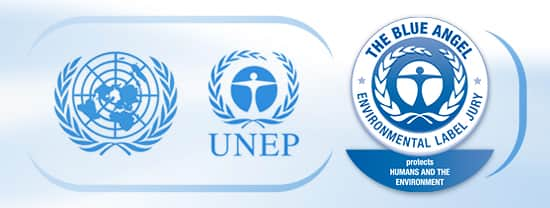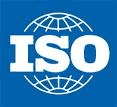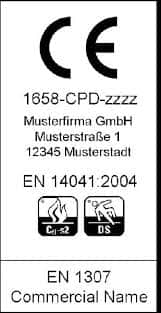The Association of European Producers of Laminate Flooring (EPLF®) members use different international labels in order to certify the eco-friendliness and high quality of their products. In this issue of ORSIAD Journal, we would like to introduce you with some of these labels and certificates that make a difference and create better quality in the industry.

Let’s start with the Blue Angel, which is the first and oldest environment-related label for products and services in the world. It was created in 1978 on the initiative of the German Federal Ministry of the Interior and approved by the Ministry of the Environment. It considers itself as a market-conform instrument of environmental policy designed to distinguish the positive environmental features of products and services on a voluntary basis. The Blue Angel has set the standard for eco-friendly products and services selected by an independent jury in line with defined criteria. It is only awarded to products and services, which from a holistic point of view – are of considerable benefit to the environment and, at the same time, meet high standards of serviceability, health, and occupational protection.
LEED (Leadership in Energy and Environmental Design) consists of a suite of rating systems for the design, construction and operation of high performance green buildings, homes and neighborhoods. Developed by the U.S. Green Building Council (USGBC), LEED is intended to provide building owners and operators a concise framework for identifying and implementing practical and measurable green building design, construction, operations and maintenance solutions.

ISO 26000 (Social responsibility) is the international standard that provides guidance on how businesses and organizations can operate in a socially responsible way. This means acting in an ethical and transparent way that contributes to the health and welfare of society.
ISO 14001 (Environmental management systems — Requirements with guidance for use): It applies to those environmental aspects that the organization identifies as those, which it can control and those which it can influence. It does not itself state specific environmental performance criteria.

The overall goal of an EPD (Environmental Product Declarations), is to provide relevant, verified and comparable information about the environmental impact of goods and services. EPD are especially important for architects/planners who are requested to use “eco-friendly” products for commercial construction. Laminate floorings show a very good performance in EPD evaluation.
The EPLF has been one of the promoters and pioneers in creating the neutral + international EPD label. And it is a good marketing tool for the EPLF members. At the moment, the EPD for laminate floorings are in the process of revision in order to update them in accordance of the latest “state-of-the-art”.
PEFC (Programme for the Endorsement of Forest Certification Schemes) is the world’s largest forest certification system. The credible standards seek to transform the way forests are managed globally – and locally – to ensure that people can enjoy the environmental, social and economic benefits that forests offer.
FSC (Forest Stewardship Council) is an independent, non-governmental, not for profit organization established to promote the responsible management of the world’s forests.

CE EN 14041: The CE marking under the European Norm EN 14041– ‘Resilient, Textile and Laminate flooring.
